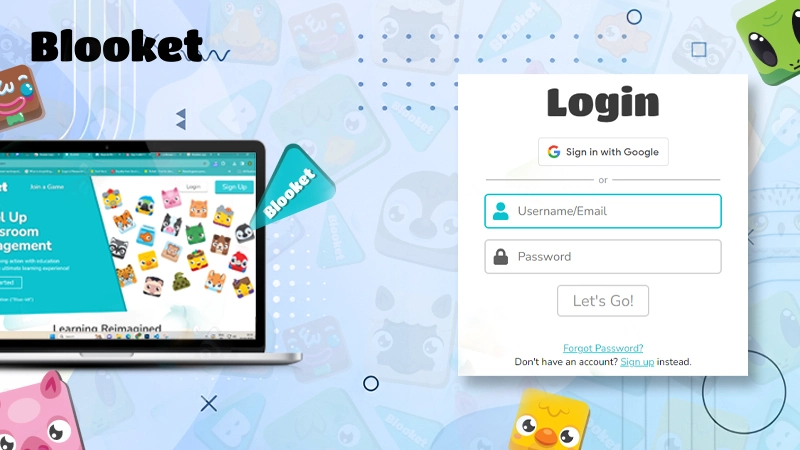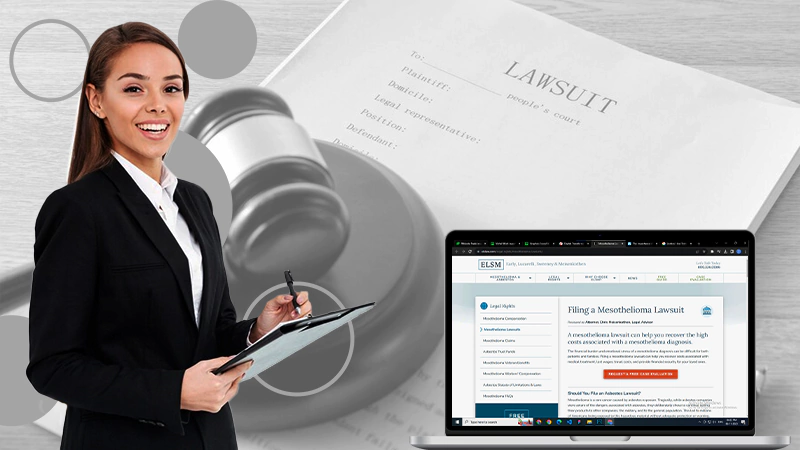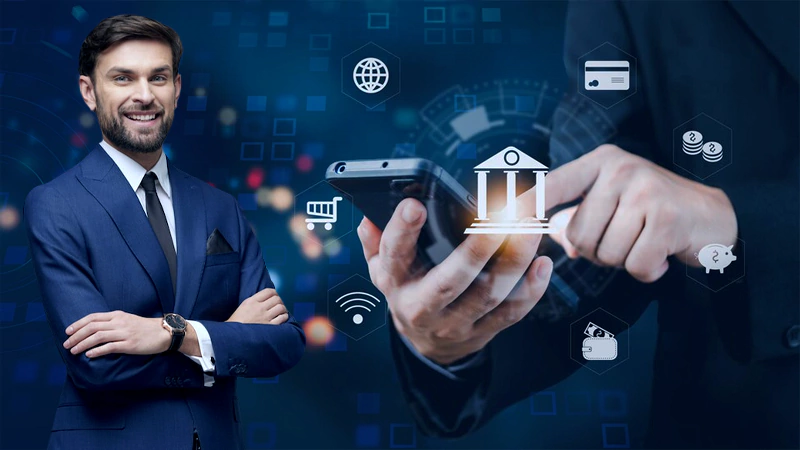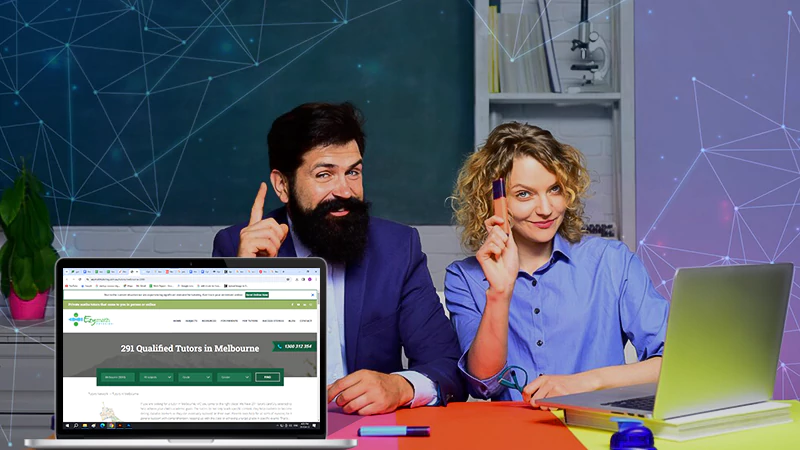Cyber Hygiene and Self-Education on Cyber Security
Although cybersecurity is complex and multifaceted, international training centers (SANS, ISC2, ISACA, and others), government and industry regulators (GDPR, PCI DSS, etc.), and best practices recommend starting with cybersecurity hygiene and health management. Experts agree that solid cybersecurity tips starts with the basics, such as understanding all deployed IT assets, establishing secure configurations in systems, monitoring deviations from those secure configurations, prioritizing vulnerability remediation actions based on risk assessment, and verifying that all elements of your infrastructure are security and processes work correctly. These measures can easily be taken with the help of managed detection and response solutions.
Why Would You Opt for an MDR Company?
It has at its disposal a staff of qualified specialized specialists with a regular shift of operators that provide round-the-clock monitoring and response to detected incidents. Moreover, they have got experience. A team of professionals with years of experience. They do know how to deal with your problem. When researched carefully, they offer high-quality services. They provide established processes for monitoring and responding to incidents and strict adherence to SLA. Last but not least, they follow an individual approach. MDR providers may have ready-made products for SMBs, and personalization of services for demanding customers.
Start with cyber hygiene.
When you start cooperation with MDR providers, they all for sure advise starting with cyber hygiene. Security hygiene and health management remain immature – most organizations use more than ten information security management tools, leading to operational costs, data inconsistencies, juggling responsibilities, and human error. About three out of four organizations admit that spreadsheets remain a key management tool, leading to a number of challenges from the beginning.
Information asset management depends on tools, processes, and collaboration between organizational units. You can’t manage what you can’t measure, so the management of security assets and operations remains ad hoc and situational. Organizations typically use a large number of disparate IT asset inventory systems, spend human resources to create a single inventory table, and are forced to repeat these exercises every few months. This leads to numerous problems due to the presence of conflicting data and the need to keep up with changes in information systems.
That is why professional contractors exist. There are always there for you and help you sort out everything that you find challenging. Nevertheless, remember to educate yourself first. To start with, without proper knowledge, we doubt you would be reading this article, don’t you think?
Here are the Nine Most Important Terms You Should Know
We’re not encouraging you to retrain as a cybersecurity expert, but it’s important to understand the basics of data protection to start effectively protecting your business.
Virtual Private Network or VPN.
This tool provides privacy on the Internet and allows you to create a private network based on a public Internet connection. A VPN masks your Internet protocol and provides a secure and encrypted connection. A VPN is a must-have for anyone who cares about online security.
Encryption
The process of converting data or text into an unrecognizable (encrypted) format. It is widely used to protect business correspondence and confidential information, as it allows viewing files and texts only by those users to whom they are intended.
Malware and Ransomware
Malware is software designed to damage or lock down users’ devices, steal sensitive data from computers and networks, or give cybercriminals access to victims’ systems. The ransomware blocks access to the system until the financial ransom is paid.
Phishing
It comes from the word “fishing,” which means “catching fish.” As a “hook” for a potential victim to “peck,” attackers use e-mails disguised as messages from trustworthy sources. Unlike most other cyberattacks, phishing attempts to trick users into voluntarily sharing sensitive data.
Firewall
It can be compared to a fence that surrounds your house, protecting it. Firewalls are the first line of defense of a company’s network, one of the oldest defenses against hacking attempts. Properly configured firewalls are still the foundation of cyber security today, as they limit incoming and outgoing network traffic based on user-selected criteria.
Virus
It is a type of malware that is capable of self-replication and spreading from one device to another, similar to viruses that attack the human body. The terms “virus” and “malware” are often mistakenly used interchangeably. Note that a virus is a type of malware, but not all malware is a computer virus.
Multi-factor Authentication or MFA
A form of user authentication that requires two or more factors to verify identity. For example, a username and password plus a code from a text message, following a specific link, fingerprint, or facial recognition.
BYOD (Bring Your Own Device)
A practice that allows employees to use their own devices for work purposes. As more and more organizations switch to working from home, BYOD is gaining popularity. In many cases, this practice increases productivity, but the downside is that accessing corporate networks through personal devices can be risky.
Penetration Testing
A method of detecting weak points in defense systems by simulating a cyberattack. It allows you to identify vulnerabilities that can be used by cybercriminals to launch attacks. Penetration testing results are used to adjust security policies.
While some of these points can be performed by you personally within the organization, some measures are better to be taken by a professional cybersecurity service company. Even those customers who did not see the benefits of digital transformation were forced to transform under the pressure of existing limitations. A paradigm shift towards digital transformation requires a change in the approach to security organization because the front of attacks has expanded. This is just a brief overview of the basic concepts of cyber security. The best option for the reliable protection of your business is to delegate complete and complex cyber security plan and tasks to professionals. Trust experienced specialists and feel protected 24/7.
Wrapping Up
The vast majority of business owners mainly focus on the development of the company, achievement of strategic goals, and improvement of products and services – and this approach is absolutely logical. But you should also not forget about cyber security because the threats of hacker attacks and leaks of confidential data are growing rapidly in today’s digital world.
Blooket Login: Ultimate Guide to Login and Gameplay
10 Fastest Growing Tech Jobs in 2024
Justice: How Technology Transforms Asbestos Lawsuits
5 Quick Steps to Start Your Digital Banking…
Online Interior Design Courses: A Sustainable Choice for…
Private Tutor vs Teacher: What’s the Difference?
Challenges and Opportunities in Implementing 5G Technology in…
Top 10 Common Essay Writing Mistakes and How…
E-Learning Trends to Watch in the Coming Years
Incorporating Research into Your Essays: A Guide to…
The College Student’s Guide to Coping with Stressors












